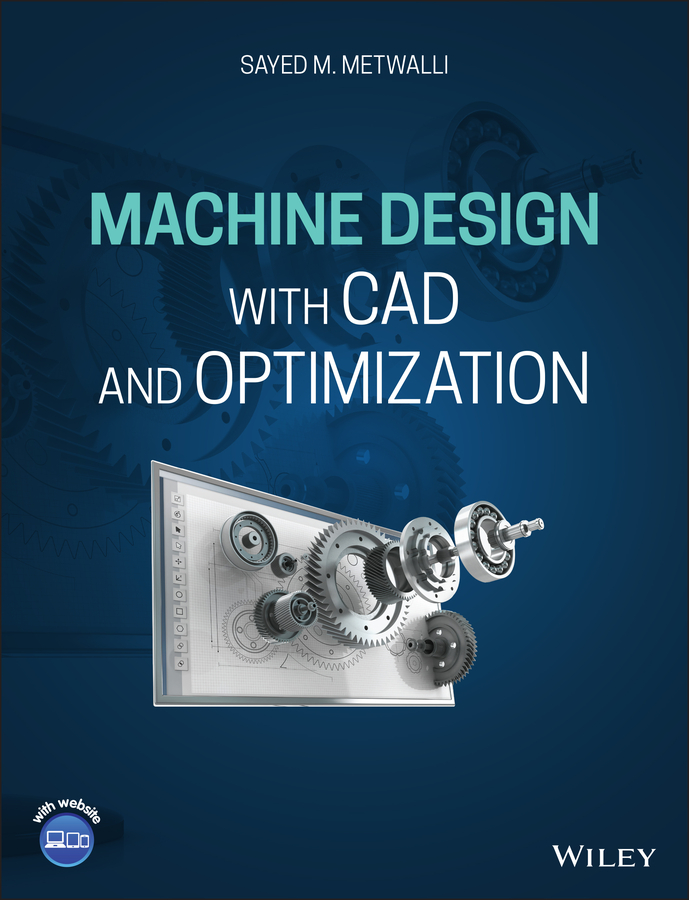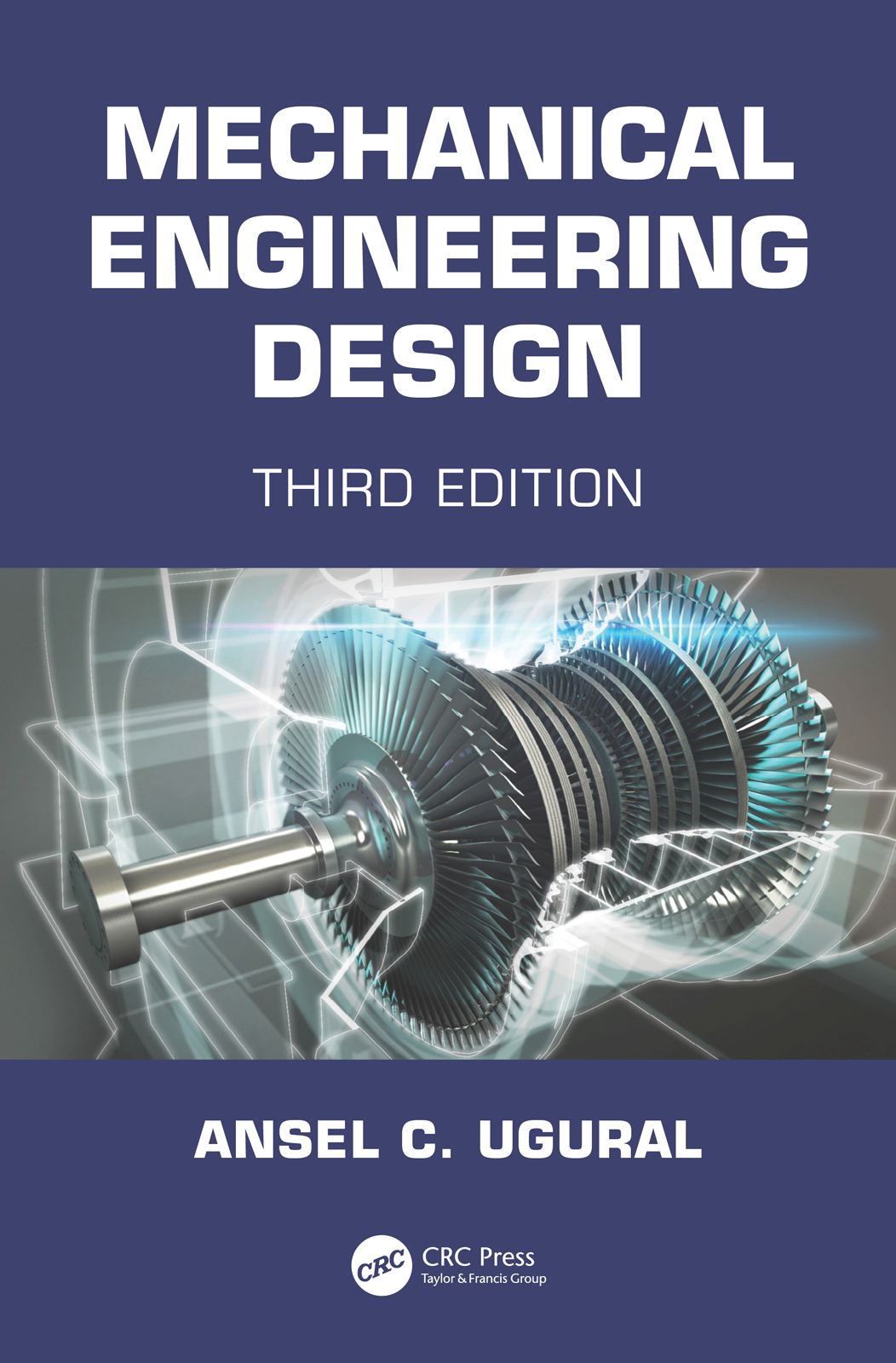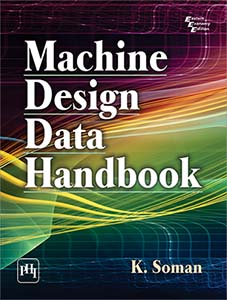CLCTH12
LanguageENG
PublishYear2018
publishCompany
CRC Press
EISBN
9781315369679
PISBN
9781498735360
edition
2
- Product Details
- Contents
- recommend
Analyze and Solve Real-World Machine Design Problems Using SI Units
Mechanical Design of Machine Components, Second Edition: SI Version strikes a balance between method and theory, and fills a void in the world of design. Relevant to mechanical and related engineering curricula, the book is useful in college classes, and also serves as a reference for practicing engineers. This book combines the needed engineering mechanics concepts, analysis of various machine elements, design procedures, and the application of numerical and computational tools. It demonstrates the means by which loads are resisted in mechanical components, solves all examples and problems within the book using SI units, and helps readers gain valuable insight into the mechanics and design methods of machine components.
The author presents structured, worked examples and problem sets that showcase analysis and design techniques, includes case studies that present different aspects of the same design or analysis problem, and links together a variety of topics in successive chapters. SI units are used exclusively in examples and problems, while some selected tables also show U.S. customary (USCS) units. This book also presumes knowledge of the mechanics of materials and material properties.
New in the Second Edition:
Presents a study of two entire real-life machines
Includes Finite Element Analysis coverage supported by examples and case studies
Provides MATLAB solutions of many problem samples and case studies included on the book website
Offers access to additional information on selected topics that includes website addresses and open-ended web-based problems
Class-tested and divided into three sections, this comprehensive book first focuses on the fundamentals and covers the basics of loading, stress, strain, materials, deflection, stiffness, and stability. This includes basic concepts in design and analysis, as well as definitions related to properties of engineering materials. Also discussed are detailed equilibrium and energy methods of analysis for determining stresses and deformations in variously loaded members. The second section deals with fracture mechanics, failure criteria, fatigue phenomena, and surface damage of components. The final section is dedicated to machine component design, briefly covering entire machines. The fundamentals are applied to specific elements such as shafts, bearings, gears, belts, chains, clutches, brakes, and springs.











